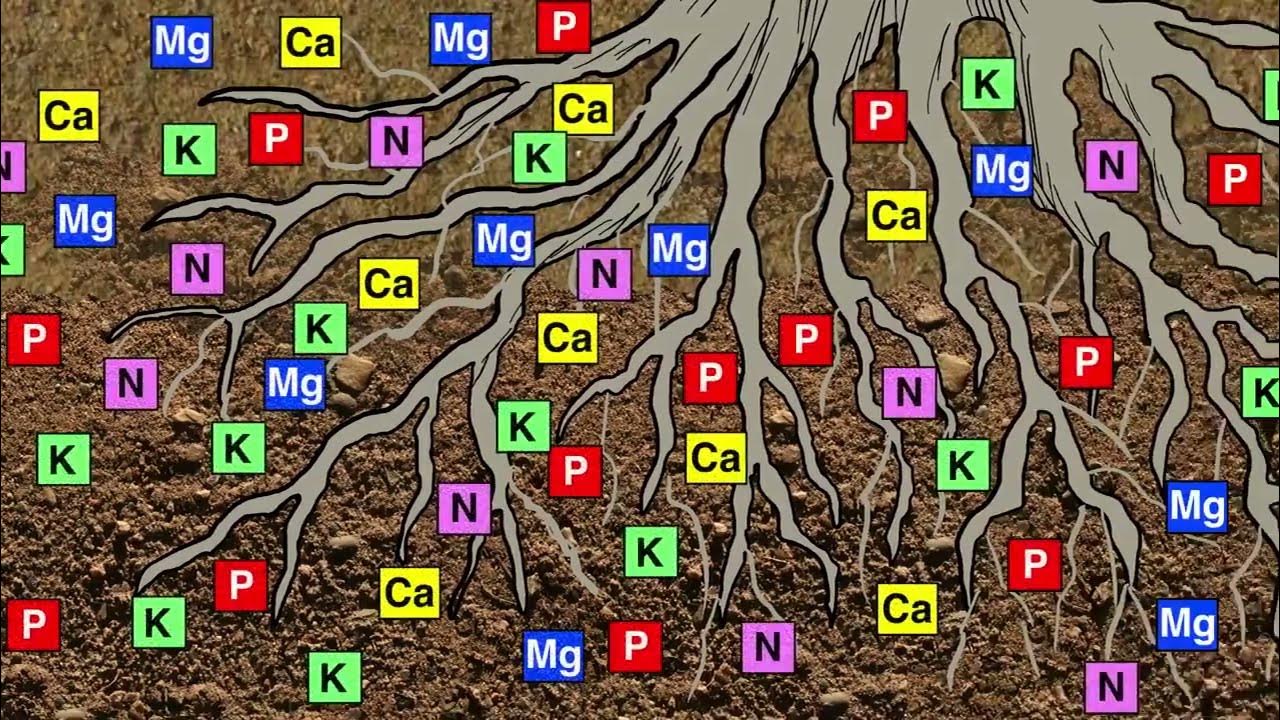What makes a wetland a wetland?
Summary
TLDRWetlands are areas where land and water meet, defined by their water saturation, hydric soils, and unique plant life. These ecosystems include marshes, swamps, bogs, and fens, each with distinct features, such as the salt-tolerant plants in salt marshes or the spongy peat in bogs. Wetlands play vital roles in water filtration, flood prevention, and habitat provision for wildlife. Though often misunderstood as unpleasant areas, wetlands are essential to maintaining ecosystem health and biodiversity, offering both environmental and recreational benefits.
Takeaways
- 😀 Wetlands are areas where land and water mix, and they are defined by water, hydric soils, and hydrophytic plants.
- 😀 Wetlands are not puddles, lakes, ponds, streams, or rivers, but areas of land saturated with water, acting like a sponge.
- 😀 Hydrology, or the movement of water in and out of a wetland, is key to defining the wetland environment.
- 😀 While some wetlands are submerged most of the time, others may appear dry for much of the year.
- 😀 Hydric soils are saturated with water and have little to no oxygen, which gives them a distinct smell, often like rotten eggs.
- 😀 Wetlands support specialized plants called hydrophytes, which can survive in low-oxygen soils.
- 😀 There are various types of wetlands, including marshes, swamps, bogs, and fens, each with different plant and soil types.
- 😀 Marshes are regularly flooded wetlands with soft-stemmed plants, while salt marshes are coastal areas with tidal flooding and salt-tolerant plants.
- 😀 Swamps are forested wetlands, often with trees and shrubs, and they can be either fully flooded or just saturated.
- 😀 Bogs and fens are unique wetland types known for their spongy soil (peat) and support distinct plants like cranberries, orchids, and Venus flytraps.
Q & A
What is the simplest definition of a wetland?
-A wetland is an area of land where water and land mix, and it is characterized by the presence of water, hydric soils, and hydrophyte plants.
Are wetlands always flooded or wet?
-No, not all wetlands are always wet. Some wetlands may be dry for much of the year, but they still hold and absorb water when they are flooded.
What defines hydric soils in wetlands?
-Hydric soils are frequently flooded or saturated with water, causing the oxygen in the soil to be replaced by water. This alters the soil's chemistry and is one reason wetlands can have a distinctive smell, like rotten eggs.
Why do wetlands often smell like rotten eggs?
-The smell comes from the presence of hydrogen sulfide, which forms when water replaces oxygen in hydric soils, creating anaerobic conditions that cause the decomposition of organic material.
What types of plants are found in wetlands?
-Wetlands are home to hydrophytes, or wetland plants, which are specially adapted to survive in waterlogged soils with limited oxygen. Examples include cattails, pickerel weed, and salt marsh cordgrass.
What is the difference between a swamp and a marsh?
-A swamp is a forested wetland with woody plants like trees and shrubs, while a marsh is a wetland with soft-stemmed vegetation, often flooded regularly. Swamps may be more often saturated than flooded.
What are salt marshes, and why are they special?
-Salt marshes are coastal wetlands that are regularly flooded by tidal waters. These marshes are home to plants that can tolerate saltwater, such as salt marsh cordgrass.
What is unique about bogs in wetlands?
-Bogs are wetlands with spongy soil formed from partially decayed plants called peat. Bogs are often waterlogged and support unique plant life, including cranberries, orchids, and even insect-eating plants like the Venus flytrap.
How do wetlands help with water filtration?
-Wetlands act as natural filters by trapping pollutants and impurities from water, which helps to maintain clean water in surrounding areas.
Why are wetlands important for flood prevention?
-Wetlands absorb and store excess water, which helps to reduce the risk of flooding and maintain the natural flow of rivers.
Outlines

Cette section est réservée aux utilisateurs payants. Améliorez votre compte pour accéder à cette section.
Améliorer maintenantMindmap

Cette section est réservée aux utilisateurs payants. Améliorez votre compte pour accéder à cette section.
Améliorer maintenantKeywords

Cette section est réservée aux utilisateurs payants. Améliorez votre compte pour accéder à cette section.
Améliorer maintenantHighlights

Cette section est réservée aux utilisateurs payants. Améliorez votre compte pour accéder à cette section.
Améliorer maintenantTranscripts

Cette section est réservée aux utilisateurs payants. Améliorez votre compte pour accéder à cette section.
Améliorer maintenantVoir Plus de Vidéos Connexes
5.0 / 5 (0 votes)






